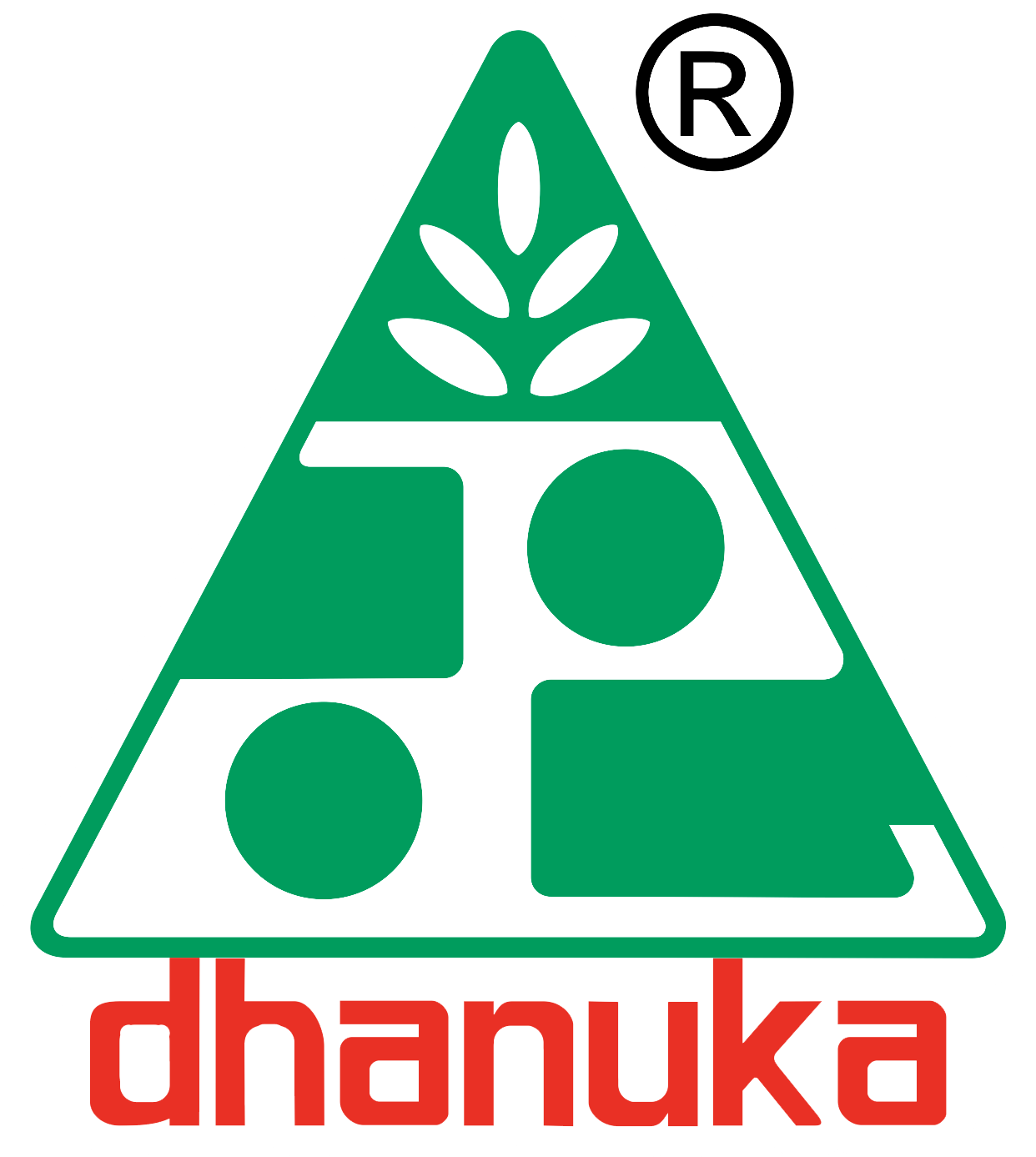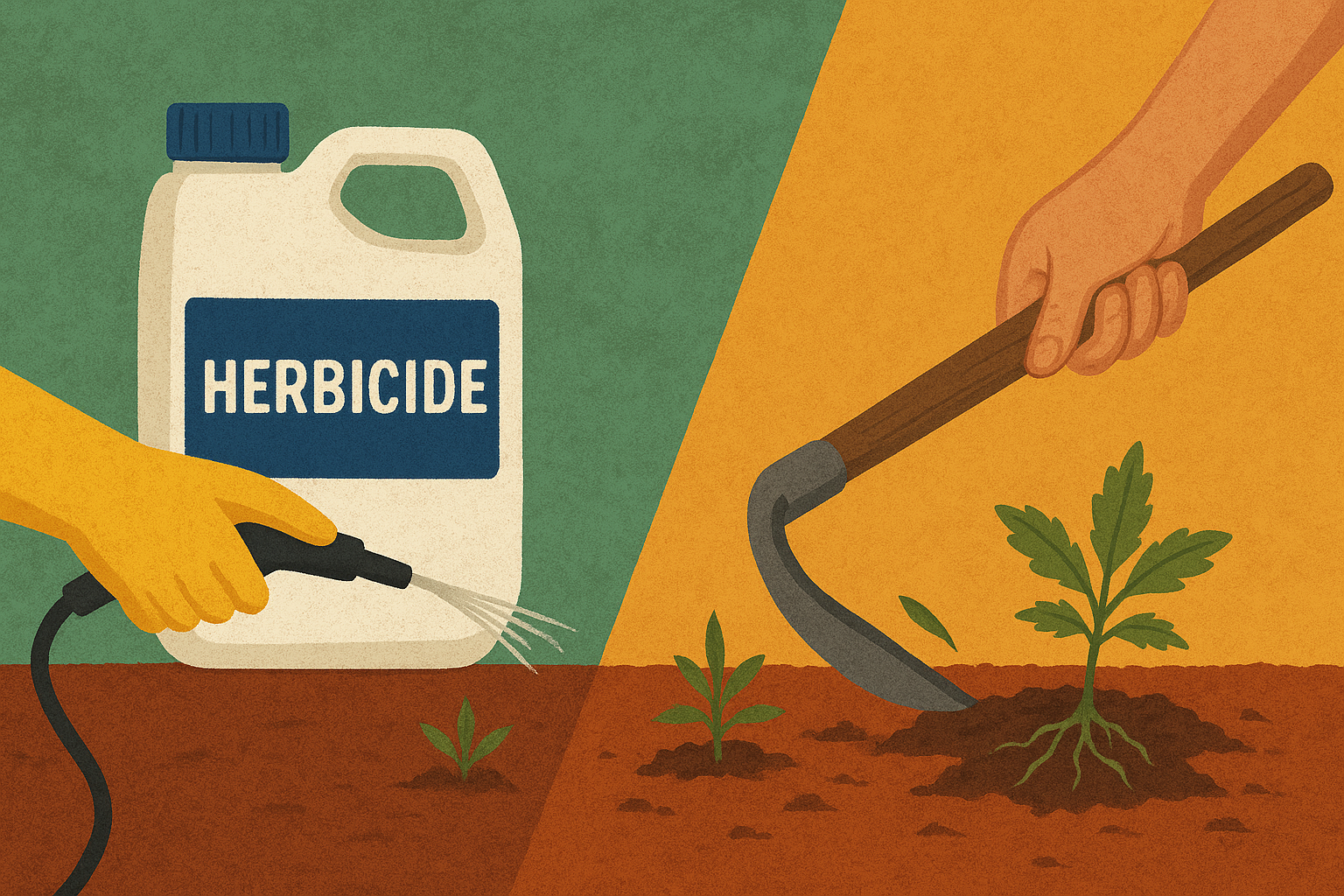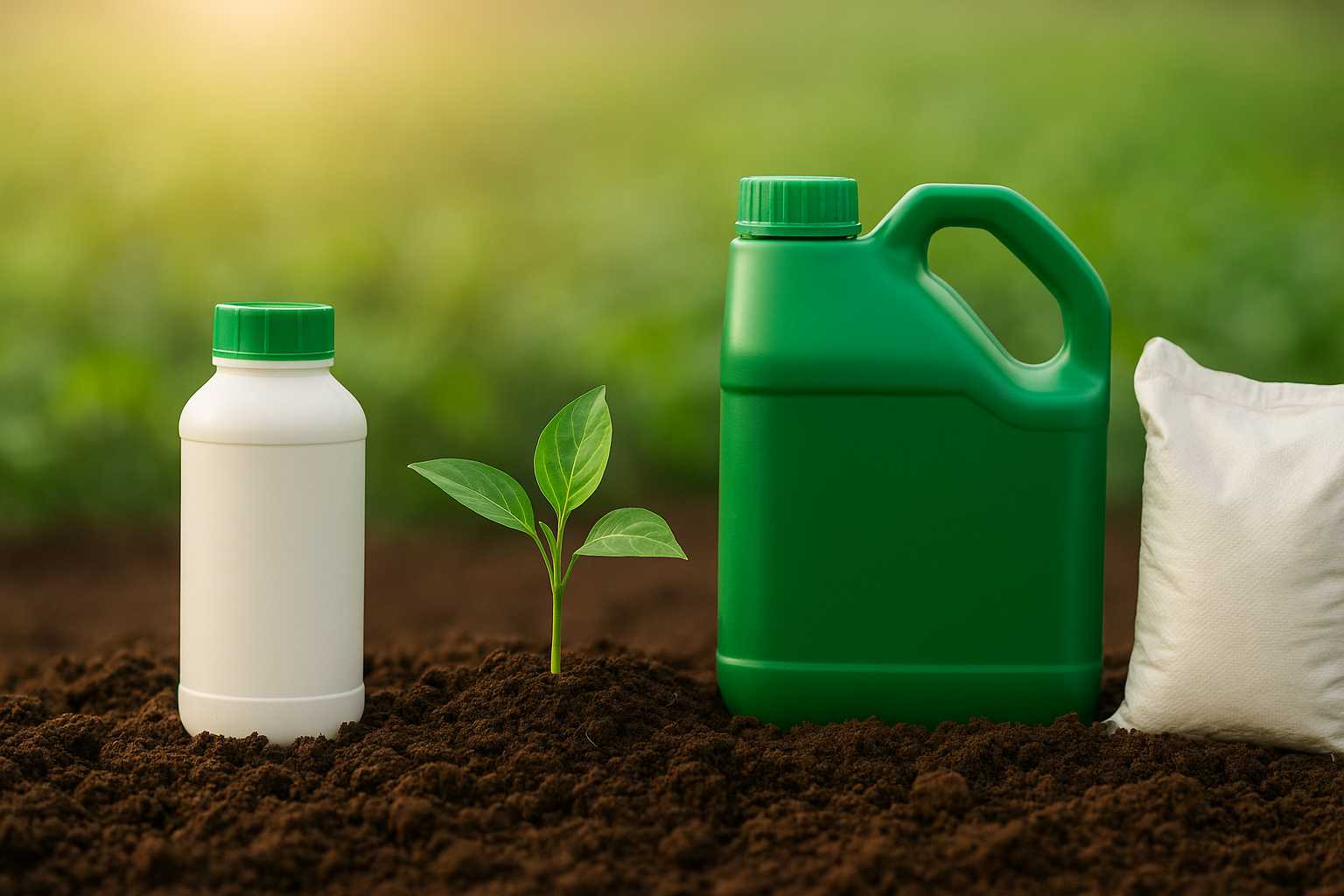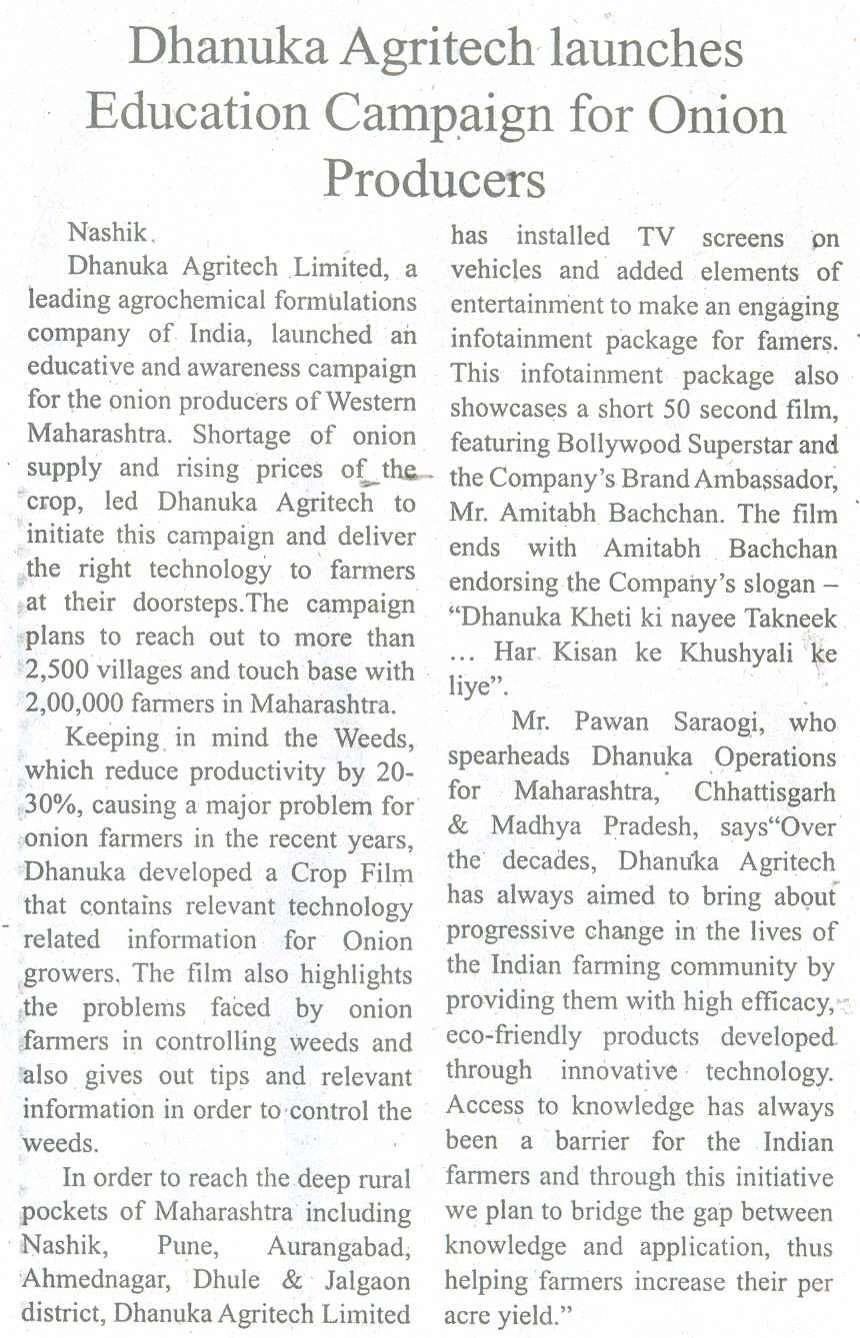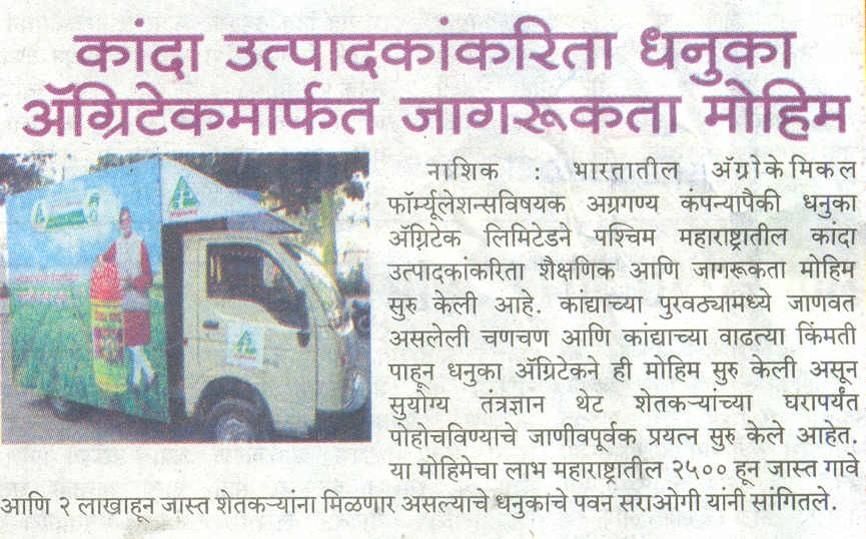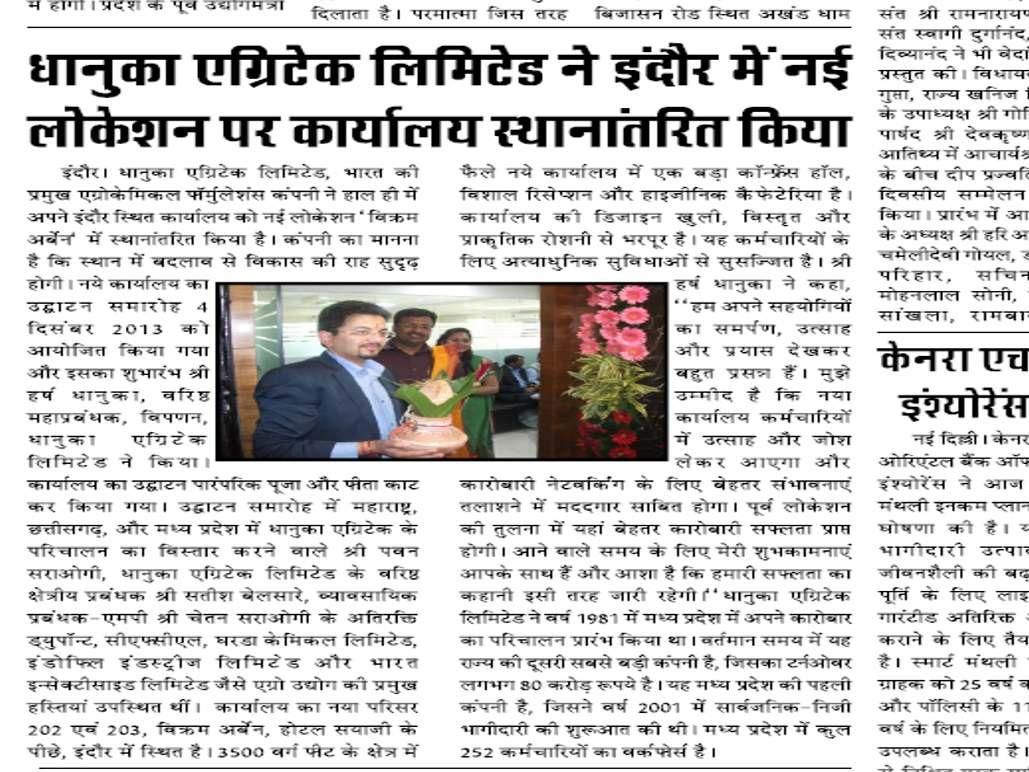NSE ●BSE ●
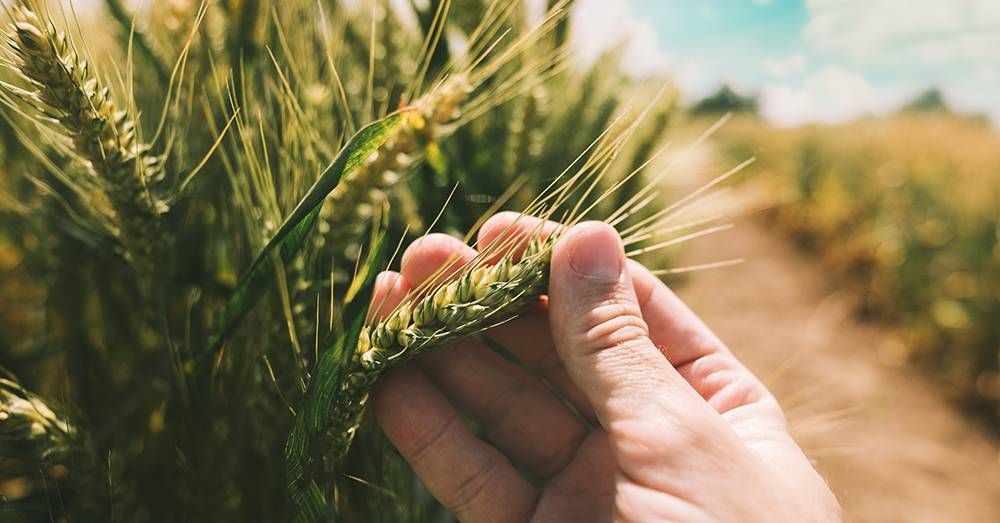
How to manage nutrition in wheat crop
04 Apr 2025
Wheat is an extremely important cereal crop in India, with the total area under this crop standing about 29.8 million hectares. Wheat is rich in protein, vitamins and carbohydrates and provides a very balanced food for many people every day.
Wheat production has grown steadily over the years
The cultivation of wheat crops has a long history in India, with some early transcripts suggesting it dates back to thousands of years. The production of wheat has increased significantly over the years, although it was not the case at the time of independence. Its production was only 6.46 million tonnes, and productivity was merely 663 kg per hectare during 1950-51.
Factors responsible for low production included the poor tillering and low sink capacity of the varieties used, higher susceptibility to diseases, poor adaptability, longer crop duration, meaning long exposure of plants to different climatic variations etc. However, the government had taken appropriate measures and steps to increase crop productivity depending on the country's ecological conditions. As a result, a noticeable increase in wheat production was seen, and eventually, the country became self-dependent in wheat production.
Right time for sowing and harvesting
In India, wheat crop is generally sown during the winter season, from October to December, based on the climatic conditions of different states, and it is harvested between February to May, again based on the climatic conditions and seeding time. The temperature during sowing should be low, whereas; high temperature should support the harvesting time.
Issues facing wheat crop
Naturally, being a plant, wheat is also vulnerable to diseases and pests, including aphids, termites, brown mites, shoot fly, wheat thrips, pink stem borer, stink bugs etc, to name a few. Fortunately, effective pest management and constant monitoring of wheat health during different stages of production can keep pests and diseases away. Also, nutrients play a vital role in wheat production. Let us take a brief look at various aspects of nutrient management in wheat crops.
Managing nutrition in wheat crops: Key Nutrients and requirements for fertilizers (A brief outlook)
Nutrient deficiency can result in limited wheat crop yield, and an adequate balance is needed for maximum benefit and health of the crop. The requirements for nutrients in wheat crops differ based on different growth stages.
Nitrogen
During the establishment period, nitrogen can support the purpose of the crop's early and steady rapid growth. During tillering, it can be used for healthy leaf development, eventually assisting rapid growth of the overall plant and contributing to higher yields. Its presence in the structure of protein and availability in chlorophyll means its supply to the plant will support a plant's need for adequate protein, protoplasm and chlorophyll. Simply put, nitrogen can assist in influencing the size of cells, overall leaf area and photosynthetic activity for the growth of the plant in a steady manner.
Potassium
For effective growth and steady development, wheat plants need potassium. Proper use of potassium can help build superior photosynthesis efficiency, greater resistance to some diseases, and proper water regulation and structural integrity of the plant throughout the growth cycle.
Sulphur
With sufficient sulphur reaching them, crops can see maximum yields and protein content availability. Also, they can properly benefit from nitrogen, phosphorus and other key nutrients. Simply put, sulphur can assist in the overall yield and quality enhancements in the crop.
Micronutrients play decisive roles in wheat production. With one of the several nutrients missing in the soil or unavailable in the right amount, these conditions may hinder the overall production. Depending on different growth stages, nutrients like manganese (for photosynthetic proteins), phosphate (for growth in actual roots, supplying energy), etc. play important roles.
Important -
• Always monitor plant health and accordingly take needed action
• Do not overuse nutrients. Always apply the balanced amount of nutrients based on the need of the soil
• Know the best use of nutrients and take adequate precautions as needed
The above is just a small introduction to managing nutrition in wheat crops. Should you want to learn more about wheat plant pests and diseases and how to remove them using recommended product solutions, you may wish to visit this page now!
